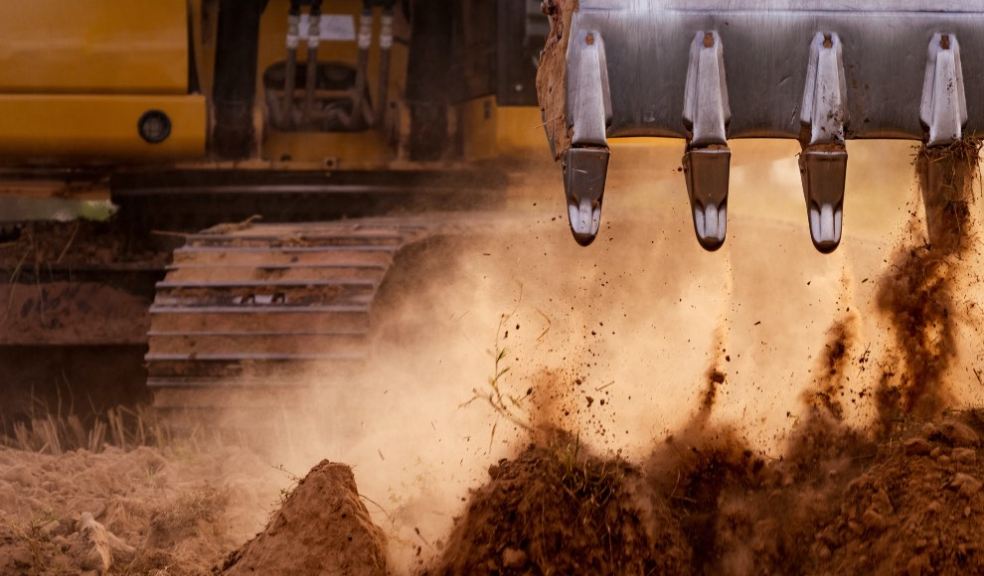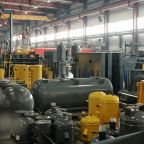
How To Maximize Efficiency With Dry Hire Equipment
Dry hire equipment offers a cost-effective way to tackle your next project. When you dry hire machinery, you get the freedom to choose your own operators and avoid the overhead costs associated with a wet hire (equipment with operator) package.
But to truly maximize efficiency, careful planning and execution are key. Here's how to get the most out of your dry hire equipment rental:
Plan Carefully
Winging it rarely works on construction sites. Before you even think about equipment rental, create a detailed project plan. Outline each step involved in your project, along with the estimated timeframe for completion. This plan will be your roadmap for selecting the right dry hire equipment and scheduling its delivery and pick-up.
Make a List, Check it Twice
Don't leave crucial equipment selection to chance. List every task your project entails, from demolition to finishing touches. Then, research the specific dry hire machinery best suited for each job. Furthermore, factors like site accessibility, material types, and project scale should be considered.
Don't underestimate the power of a well-stocked toolbox! Although renting heavy machinery might be the first thing that comes to mind, having the right hand tools on hand can prevent delays and frustration.
Match the Machine to the Task
Resist the urge to rent the biggest piece of equipment on the lot. It's nothing but expensive and inefficient. Instead, prioritize matching the machine's capabilities to the specific task.
For example, a mini excavator is perfect for digging trenches in tight spaces, while a full-size excavator might be better suited for large-scale excavation work. Renting the right size equipment ensures your project runs smoothly and avoids unnecessary wear and tear on the dry hire machinery.
Right-Size Your Rentals
Speaking of size, consider the project duration when selecting equipment. Don't rent a piece of plant equipment for a week if you only need it for a day.
Trusted equipment rental services often offer flexible rental periods, so take advantage of them. Renting dry hire equipment for the exact timeframe you need keeps hire costs down and frees up equipment for other projects.
Don't Skimp on Operator Training
Dry hiring shines when you have skilled operators on your team. If your crew lacks experience with the specific equipment you're renting, invest in proper training.
Most equipment rental companies offer operator training programs, or you can source certified trainers independently. Skilled operators ensure the dry hire machinery is used safely and efficiently, minimizing downtime and maximizing productivity.
Schedule Delivery and Pick-Up Strategically
Logistics are crucial. Strategize your gear's arrival and retrieval timings to minimize disruptions to your workflow. Evaluate if you require the excavator rental for the entire workday or just a specific window.
Coordinate this clearly with your dry hire provider to prevent delays and wasted time. If possible, explore alternatives for early morning or evening delivery and collection to circumvent peak work hours on your project site.
Conduct a Thorough Pre-Inspection
Before putting any rented equipment to work, perform a thorough pre-inspection. Check fluid levels, tyre pressure, and overall functionality. Pay close attention to any warning lights or gauges that might indicate potential problems.
Also, don't hesitate to contact the plant hire company if you discover any issues. Addressing minor problems before they snowball into major breakdowns saves time and money in the long run.
Safety First, Always
Safety should never be an afterthought. Guarantee your crew is well-versed with all safety directives prior to operating any rented gear. This encompasses donning suitable personal protective equipment (PPE) and adhering to all manufacturer's guidelines for secure operation.
Moreover, acquaint yourself with the site's safety protocols, too. And never waver to cease operations if you detect a potential safety risk.
Keep it Maintained
Regular maintenance is crucial for keeping rented equipment running smoothly. Refer to the manufacturer's recommendations for maintenance procedures specific to the dry hire machinery you've rented.
Simple tasks like checking fluid levels and keeping the equipment clean can prevent breakdowns and costly delays.
Plan for the Unexpected
Even the best plans can go awry. Factor in some buffer time and resources to account for unforeseen circumstances. Having a spare part or two on hand can be a lifesaver if a minor breakdown occurs with your dry hire equipment.
By anticipating potential problems, you can minimize downtime and keep your project on track.
Final Thoughts
These pointers can turn dry hiring into a real productivity booster, not just a cost saver. Don't forget: proper prep, skilled hands, and safety first are key to getting the most from rented gear. So, go for it, dive into your project head-on, and watch your output skyrocket!











